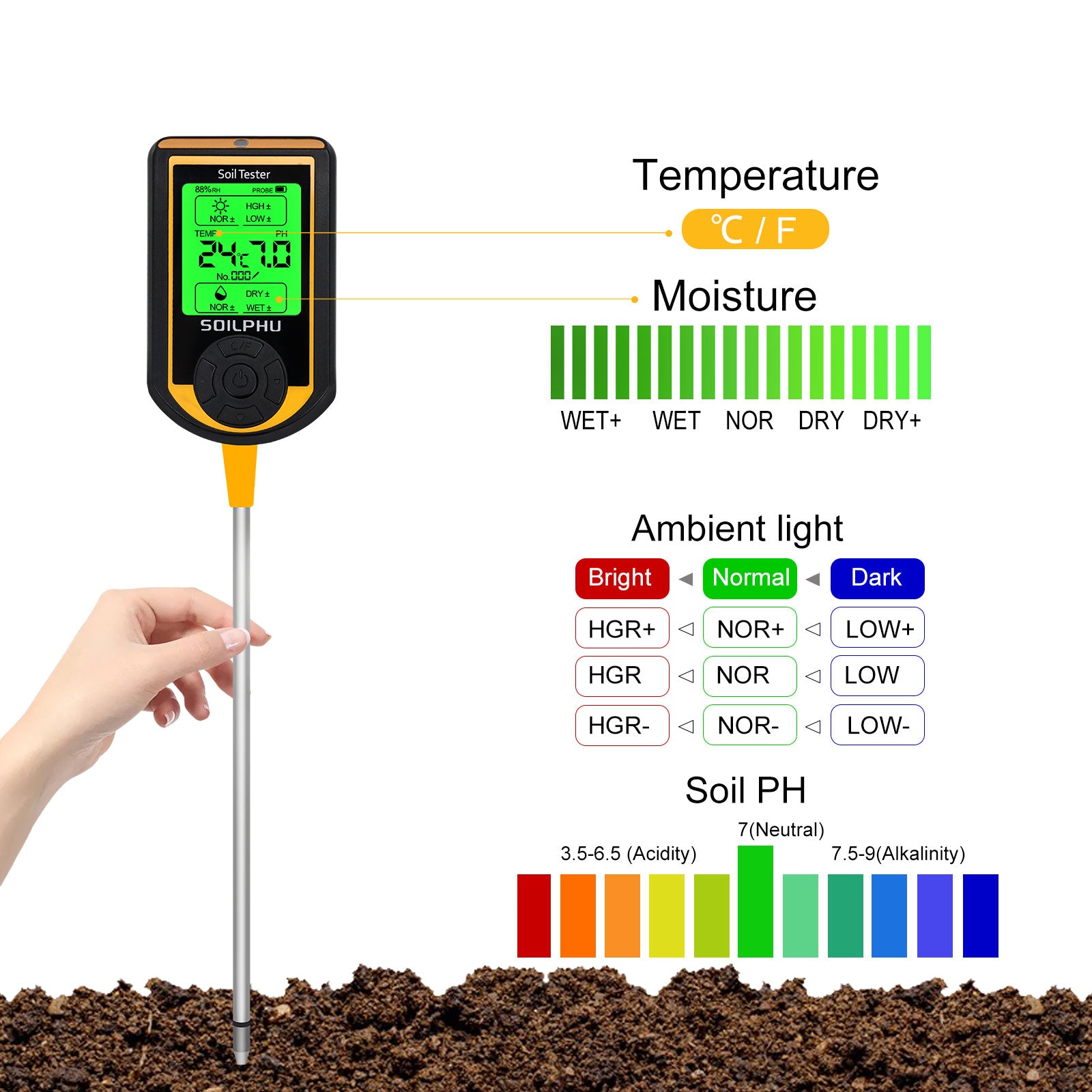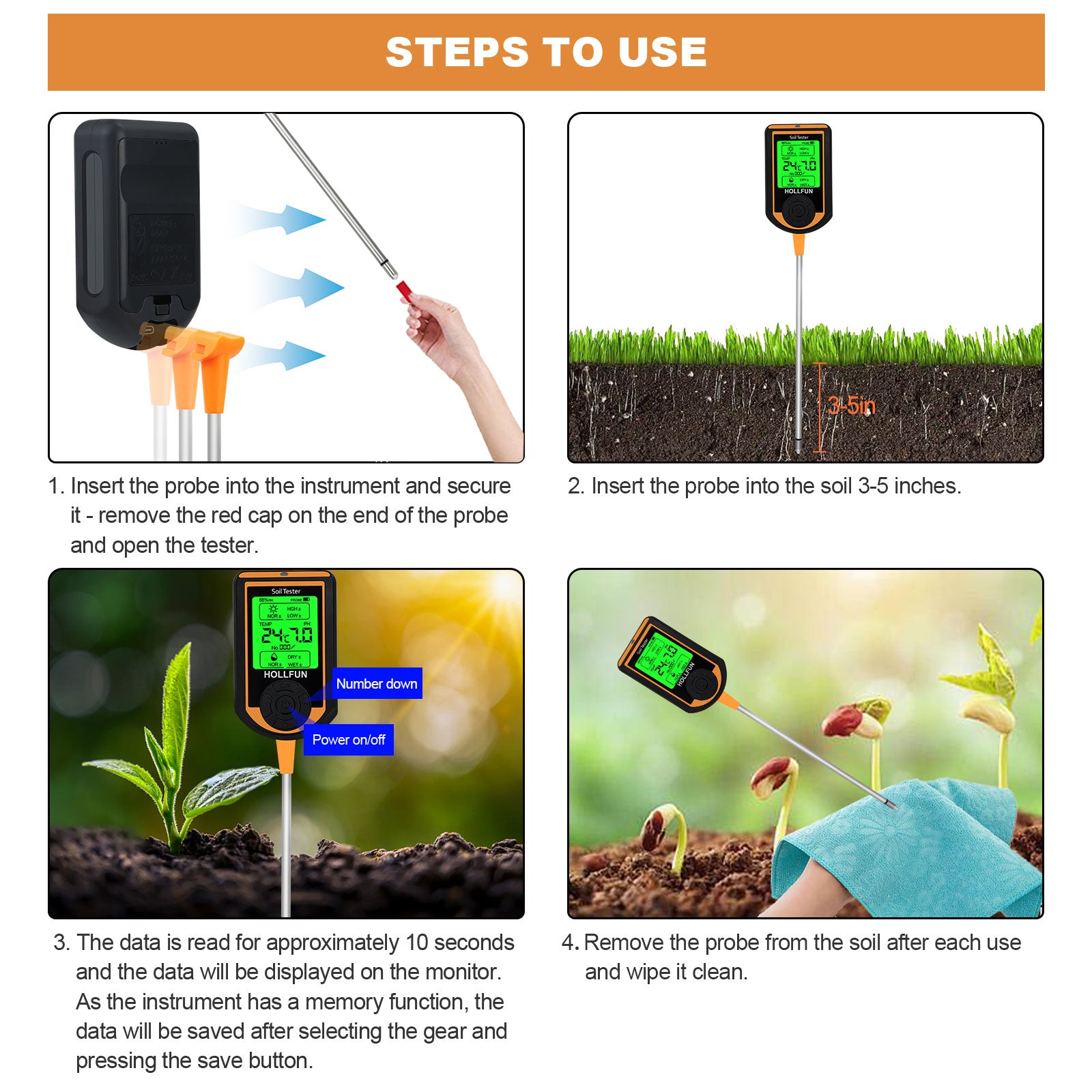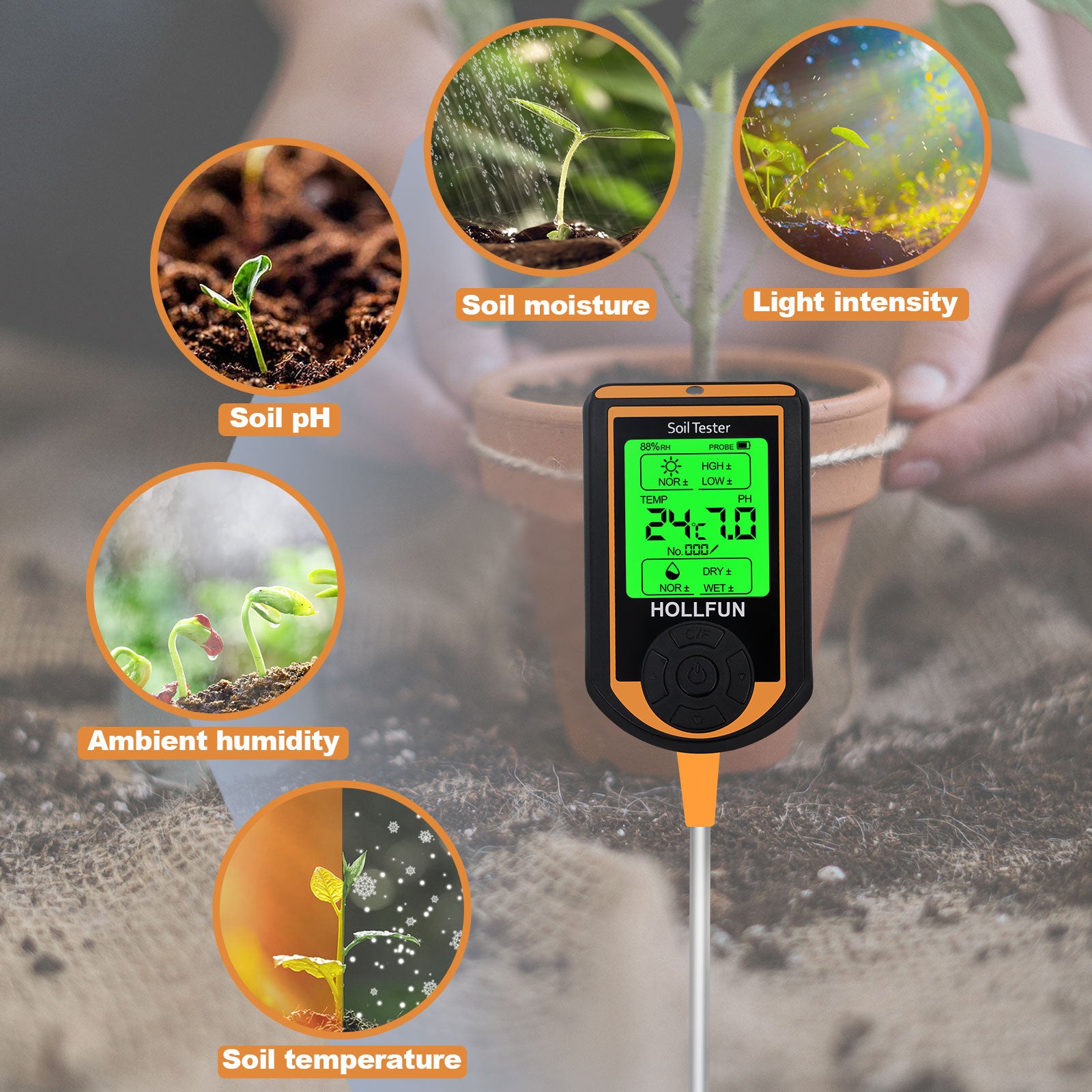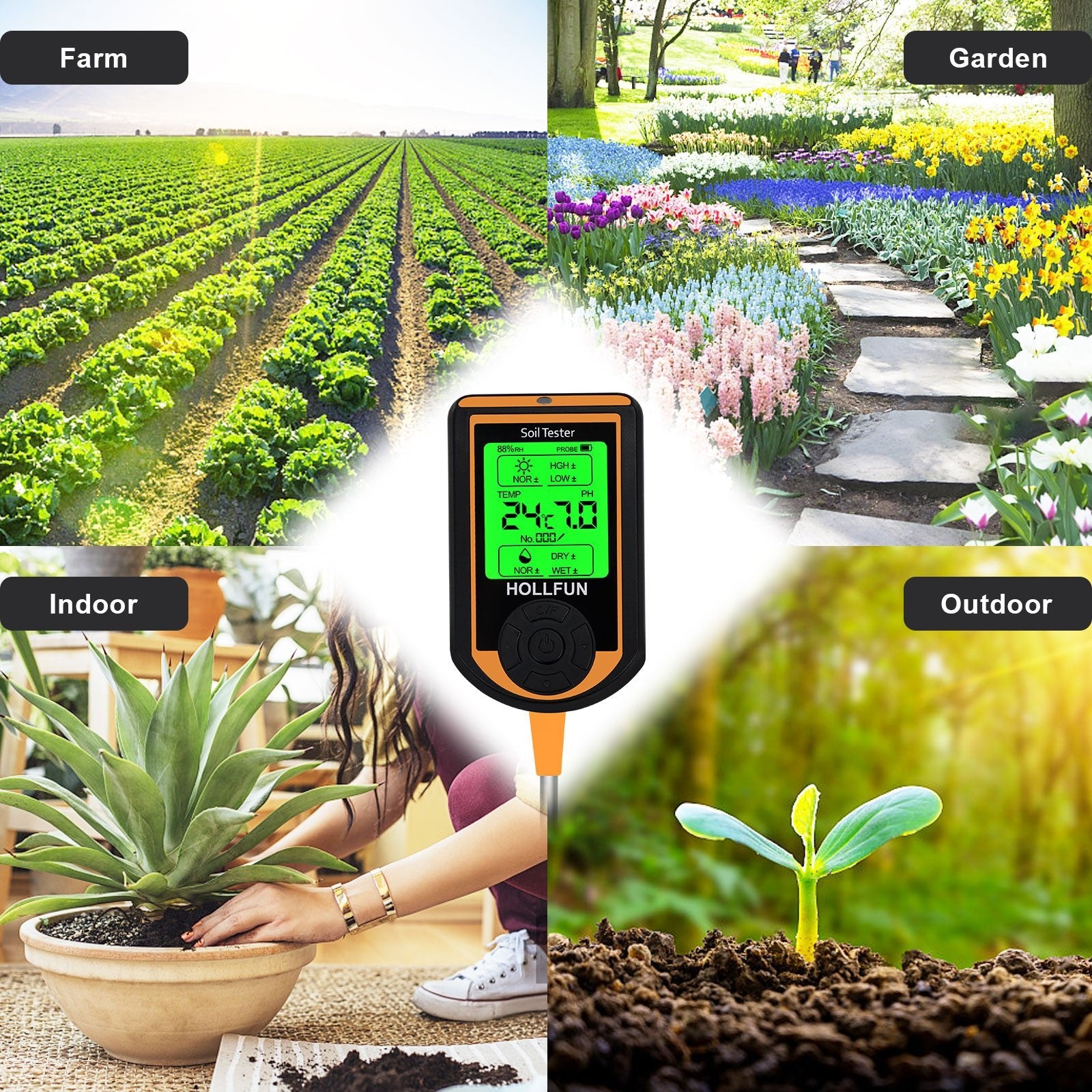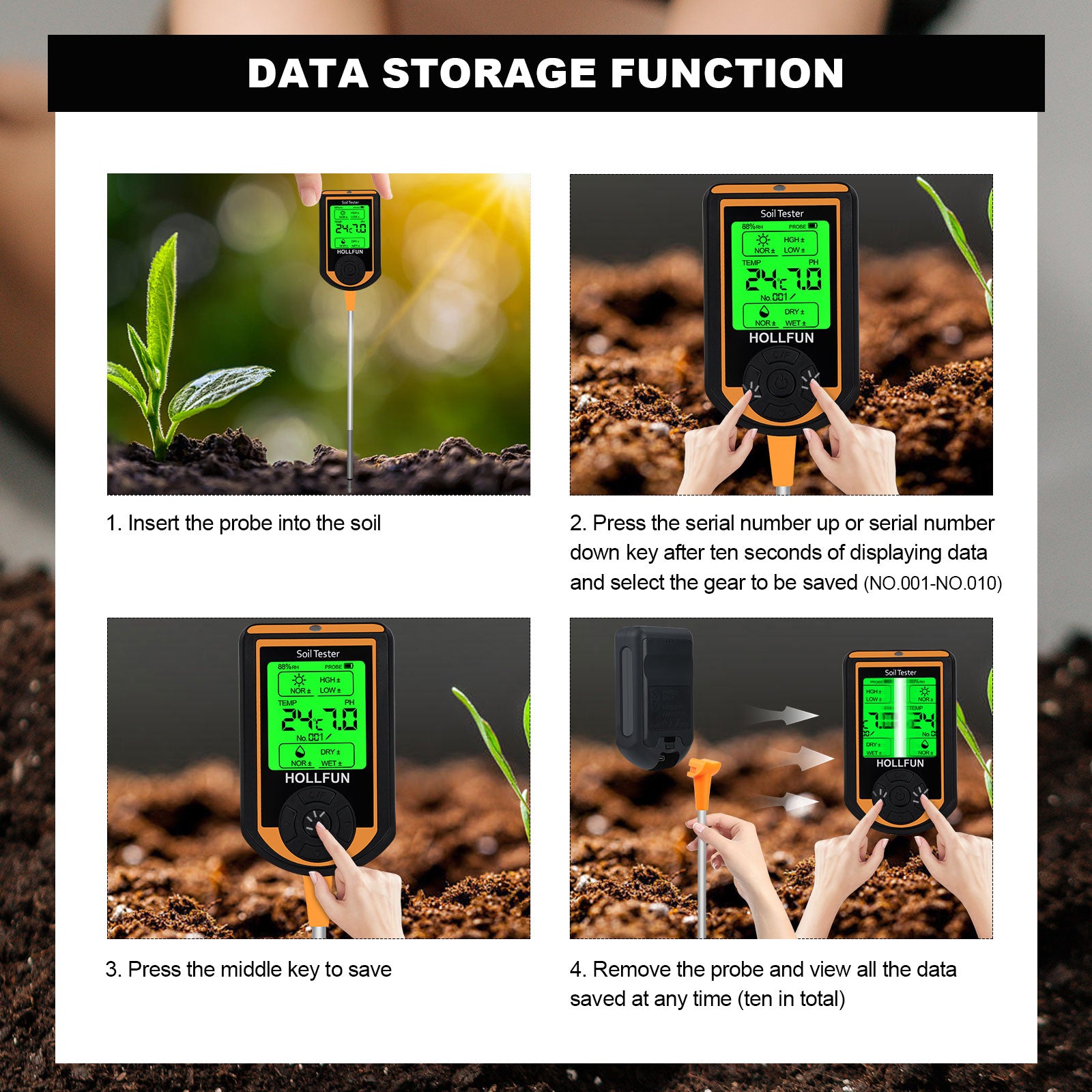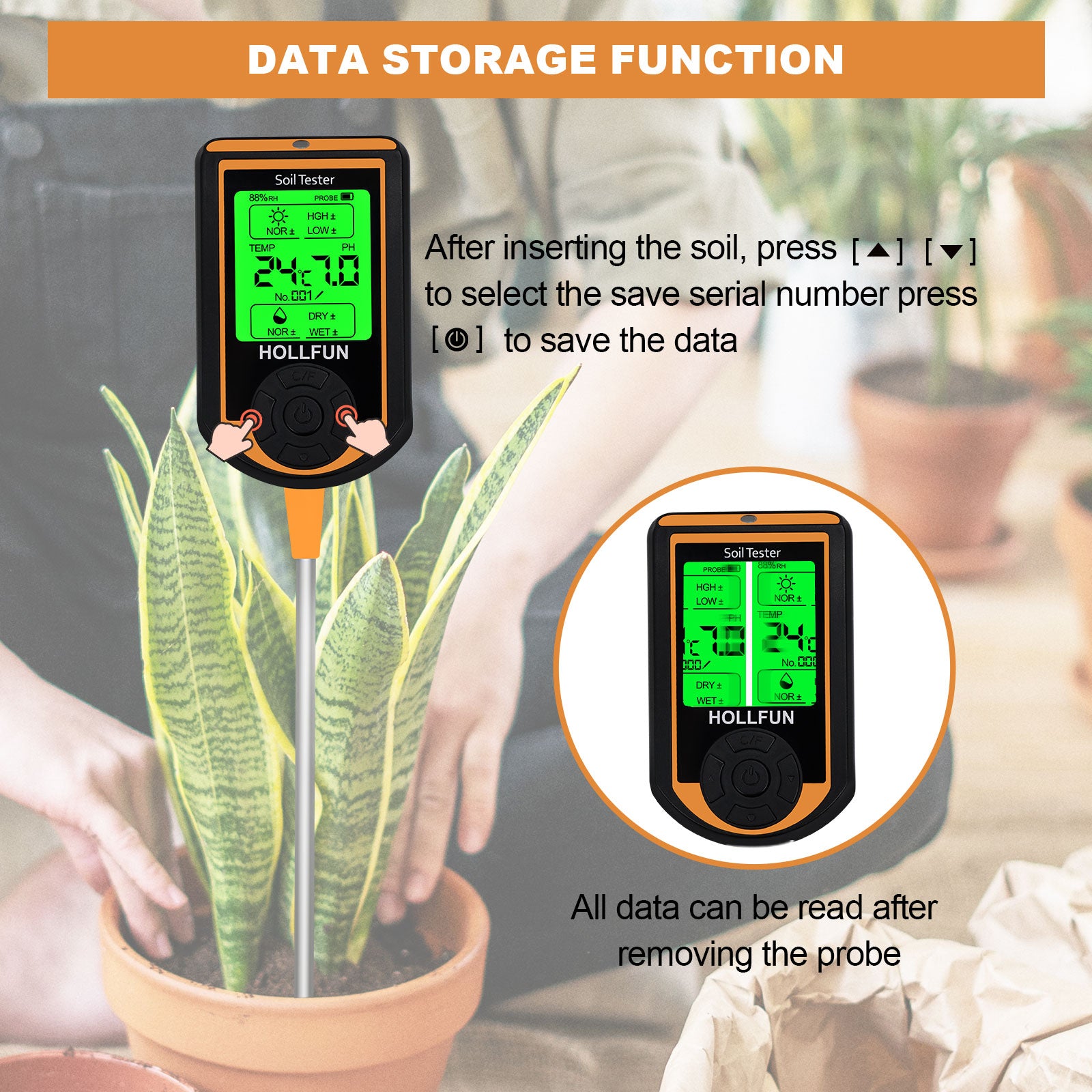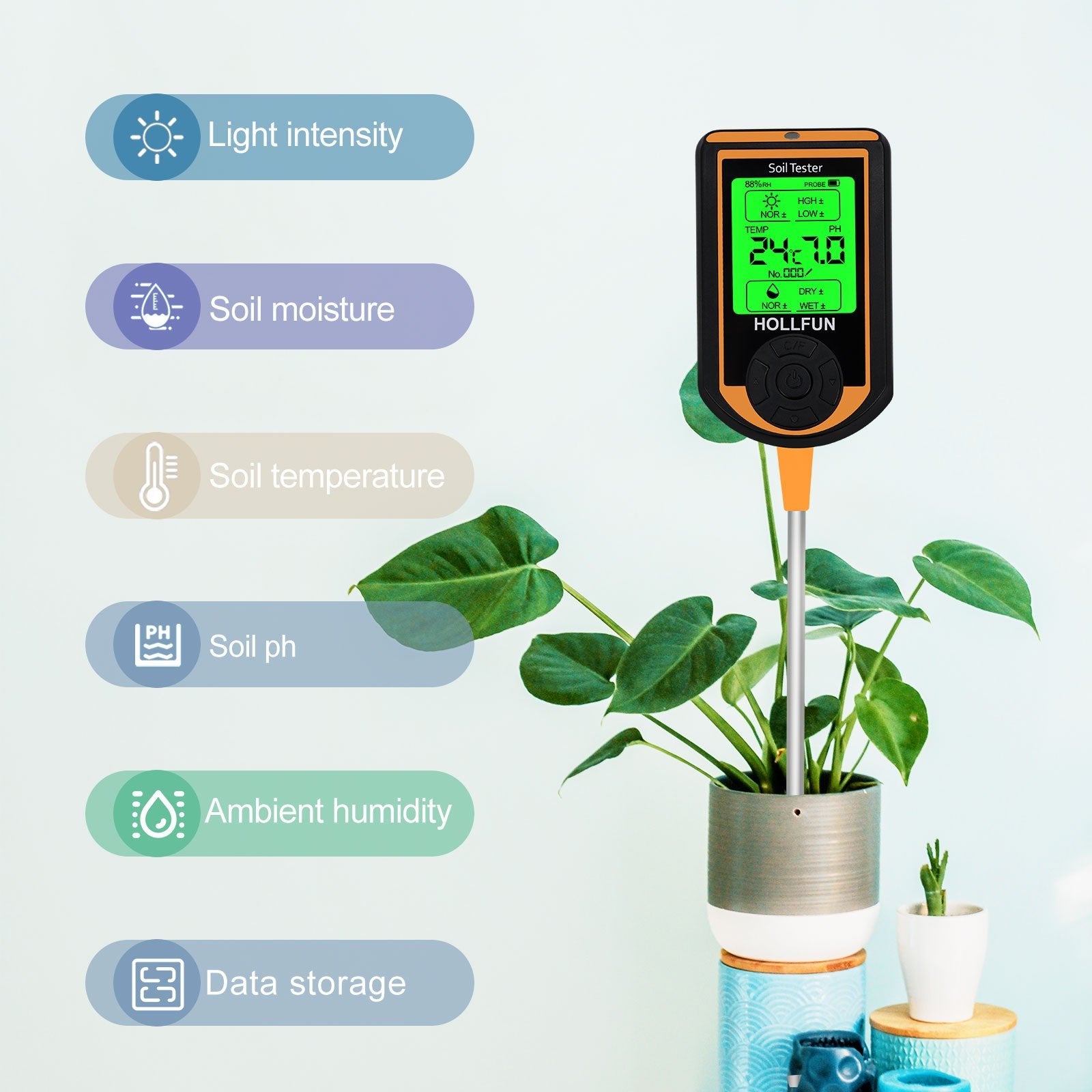What is Phosphorus Fertilizer
- Phosphorus fertilizer refers to fertilizers that primarily contain phosphorus as the main nutrient, with the main purpose of providing plant phosphorus nutrition.
- Phosphorus is an essential element in the composition of cell nuclei and protoplasm, and it is a component of nucleic acids and nucleotides.
Functions of Phosphorus Element
- Phosphorus is present in phospholipids, enzymes, and phytin in plants. It plays a vital role in the metabolism processes of forming biological membranes, carbohydrates, nitrogen-containing substances, and fats, making it an indispensable nutrient for crop growth and development.
- Phosphorus plays a crucial role in promoting plant flowering, fruiting, dense foliage, growth rate, and disease resistance.
- Phosphorus fertilizer can increase yield, promote flower bud differentiation and flowering, enhance fruiting, and increase the sugar content in fruits.
- It improves the plant's ability to resist drought, cold, diseases, lodging, and tolerance to acidity and alkalinity.
Phosphorus Element Deficiency
- Slow growth, small leaves, reduced branching or tillering, small and late-maturing fruits, and yellowing between veins of lower leaves turning purple-red are common symptoms.
- Stunted plant growth, small stature, severe inhibition of underground parts; dark green leaves without luster or showing purple-red color; symptoms usually appear first on older leaves, gradually leading to their death and shedding.
- Thin stems, mostly woody, poorly developed roots; main roots slender and long, few or no secondary root branches; few flowers and fruits, late ripening, prone to tip burn, pod shedding, or flower and bud drop; small and underdeveloped seeds.
Excess Phosphorus Element
- Excessive phosphorus nutrition can lead to overactive respiration in crops, resulting in a greater consumption of dry matter than accumulation, causing reproductive organs to mature prematurely and leading to small seeds.
- Induces zinc deficiency in the soil. Excessive application of calcium phosphate can cause zinc in the soil to interact with excess phosphorus, forming zinc phosphate precipitation. Crops cannot absorb this, resulting in clear zinc deficiency symptoms in plants. Excessive use of alkaline phosphorus fertilizers like calcium-magnesium phosphate can alkalize the soil, reducing the effectiveness of zinc and affecting the crop's zinc absorption.
- Causes the accumulation of harmful elements in the soil. Phosphorus fertilizer is mainly derived from phosphate rock, which contains many impurities, including cadmium, lead, fluoride, and other harmful elements. Excessive use of phosphorus fertilizer can increase cadmium in the soil, and this highly effective cadmium is easily absorbed by crops, posing a risk to humans and animals.
- Excessive phosphorus fertilizer application can lead to deterioration of soil physical and chemical properties.
How to Use Phosphorus Fertilizer
- In home gardening, phosphorus fertilizer is usually not used alone. Most often, compound fertilizers containing elements like nitrogen, phosphorus, and potassium are preferred.
- Fertilization timing: Phosphorus fertilizer is mainly used to promote plant flowering and fruiting. Therefore, it is applied during the peak flowering and fruiting seasons, usually in spring (March to April, before flowering), summer (June to July, fruiting period), and autumn (August to September, flowering and fruiting period). There may be regional variations, so adjust the timing flexibly based on the local environment.
- Brand and type selection: Flexible selection of compound fertilizers from home gardening brands. Choose types with higher phosphorus content in the nitrogen-phosphorus-potassium ratio.



